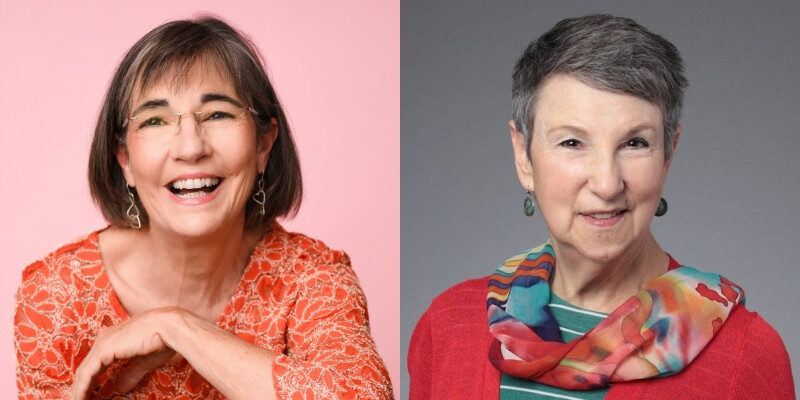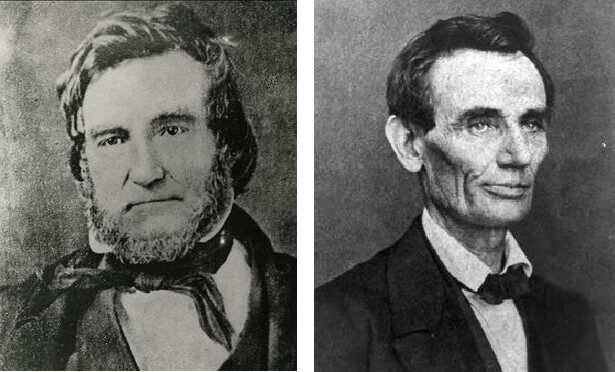THIS MONTH IN NORTHWEST HISTORY: In late March and April 1942, Japanese Americans were removed from their homes and sent to internment camps. The first to go in the entire country were from Bainbridge Island. Soon after, others from across Washington state and the West Coast were relocated, or “excluded” from their communities.
On March 30, 1942, one month after President Franklin D. Roosevelt signed Executive Order 9066 directing the incarceration of all people of Japanese descent on the West Coast, Japanese Americans on Bainbridge Island became the first in the country to be removed, most likely because of the proximity of the Bremerton Navy Yard and other military installations.
Their ties to the island community were strong. Neighbors offered to care for their farms and protect their homes while they were gone. Some onlookers wept as evacuees sailed away from Eagle Harbor aboard a ferry. At the time, Bainbridge Review co-publishers Walt Woodward and Milly Woodward editorialized against the forced removal, and when the war ended they helped pave the way for many of the island’s displaced residents to return from the Manzanar War Relocation Center in California.

The uprooting of Japanese Americans affected many communities throughout the state, from King County, to the San Juan Islands, to the Yakima Valley, to Spokane, yet the reactions of residents in those areas often stood in sharp contrast to the compassion and concern shown by Bainbridge Islanders for their Japanese American friends. Since 1996, many of the internees’ oral histories have been chronicled by the Densho Project, which has been documenting and archiving the histories of all Japanese Americans incarcerated during World War II.
The above article is courtesy of HistoryLink.org, the free online encyclopedia of Washington state history
Bainbridge Island Japanese American Exclusion Memorial

An outdoor exhibit has been built on the way to the Bainbridge Island dock where Japanese Americans marched to the ferry, leaving their homes behind. The Japanese American Exclusion Memorial honors the first Americans that were forcibly removed from their community and incarcerated during World War II. A pavilion teaches the history of Japanese Americans on the island, who first arrived in the 1880s. The heart of the memorial is the 276-foot long Memorial Wall, which winds down to the historic Eagledale ferry dock landing site. The 276-foot wall displays the names and ages of each of the island’s 276 Japanese American residents in 1942 that were marched to the awaiting ferry. The theme of the Memorial is “Let it not happen again.” For information about the Memorial, visit Bainbridge Island Japanese American Exclusion Memorial, bijaema.org.
You can watch a moving video about the Memorial on Bainbridge Island, which features Kazuko “Kay” Sakai Nakao, who has been described as the “Spirit of the Exclusion Memorial”. Kay was twenty-two when she was evacuated with her family and many other families.

Kay was born in Seattle but at age one moved with her family to Bainbridge Island, where they cleared a forest and planted strawberries. After the attack on Pearl Harbor, Kay recalls learning about the evacuation order when a poster went up in town. Her father told the family to burn everything that was representative of their Japanese heritage, so they dug a big trench and threw everything in, all the family treasures.

With about six days to prepare, Kay recalls: “They said only what you could carry. How do you decide what to take with you? It was hard.” They took a suitcase and wore as many layers of clothing possible.
Then the truck came to take them to the dock. As the ferry left the shore, “the island got smaller and smaller,” remembers Kay. The families didn’t know where they were going, “so it was really puzzling and scary,” she added. After the ferry, they boarded a train and rode for three days, then were loaded into buses. Their destination: the Mojave desert. When the bus turned into the concentration camp, Kay remembers that “My heart sank down to my toes.” Their room had one light hanging in the middle. They received bags and were told to fill them with hay. Those bags became their mattresses. The two-by-fours that made up the walls became the shelves, because there was no furniture.
An article about Kay’s experiences described the living conditions at the concentration camps: Uninsulated barracks, latrines with no doors, barbed-wire fences and guard towers. The family was later moved to another camp in Idaho, where Kay and Isami (Sam) Nakao wed in 1943. The couple was married for 63 years and had three children.
After the war, Kay’s family was able to return to Bainbridge Island, where she raised her family and become active in supporting Children’s Orthopedic (now Children’s Hospital). Eventually, Kay and other members of the community worked to create the Japanese American Exclusion Memorial that would tell the story… “So that it would never be forgotten.” Kay is touched that visitors to the memorial leave origami and kind messages.
When Kay looks back on her wartime experience, she reflects: “I say try to love everybody. Be happy. Have joy in your heart.”
Kay died in 2020 at the age of 100. Read an article about her in the Bainbridge Island Review: The Spirit of the Exclusion Memorial
Watch the TVW video and see Kay telling her story at the following link: My Favorite Places: Bainbridge Island Japanese American Exclusion Memorial
Camp Harmony in Puyallup

Nestled in the Washington State Fair’s grandstand is an exhibition to honor the history of the Puyallup Assembly Center (euphemistically called Camp Harmony), where more than 7,500 Japanese Americans were interned during World War II. The exhibit recreates the barracks where families lived, which, along with historical photographs and interactive displays, portray what life was like for the people who lived there. This permanent exhibit, created in partnership with the Puyallup Valley Chapter of the Japanese American Citizens League (JACL), provides a multi-sensory experience and shares personal stories, historical artifacts and educational displays “to ensure this history is learned from, and remembered.” See photos from the Gallery and learn more about the exhibit at https://puyallupvalleyjacl.org/gallery/.
For an article about Camp Harmony, visit the following link: Camp Harmony.
My Friend Harvey

I learned from my friend Harvey Funai that when he visited the exhibition in Puyallup, he saw photographs of his own close family members there. Harvey is a third-generation Japanese American farmer who operates Funai Farm in the Sammamish Valley. His paternal grandparents opened the farm in the 1930s. You can read about his family’s experiences in an article published by Northwest Prime Time: The Legacy of Japanese American Farmers in the Sammamish Valley Fights to Live On
Imprisoned!

“Imprisoned” by Suzanne Beyer tells the story of 13-year-old Yukio Tazuma who, along with his family, was evacuated from Seattle to Camp Harmony at the Puyallup Fairgrounds. Northwest Prime Time featured the article in April 2012, which marked the 70th anniversary of the Japanese American internment. You can read Suzanne’s article here: https://northwestprimetime.com/news/2012/apr/10/imprisoned/
Panama Hotel

Many readers are familiar with Seattle’s Panama Hotel from the bestselling historical novel by Jamie Ford, Hotel on the Corner of Bitter and Sweet. The book follows parallel storylines, including 12-year-old Henry Lee’s experiences in Seattle during WWII at the time of the Japanese Americans’ removal. The real-life story of the Panama Hotel is fascinating all onto itself. It was built in 1910 in Seattle’s International District, in the section called Japantown. The hotel served the single Japanese men coming to the area for work. When Executive Order 9066 was issued and people of Japanese descent were forced into internment camps, the basement of the Panama Hotel became the repository of the treasured belongings they could not take with them. So much of the belongings were never reclaimed, and the hotel is as much a museum as it is a hotel, which is still in operation to this day. The National Trust has documented and cataloged the items, and the hotel itself was designated as a National Treasure in 2015. Panama Hotel.
The Panama Hotel is the subject of another TVW segment. Watch it here: My Favorite Places: Panama Hotel

















